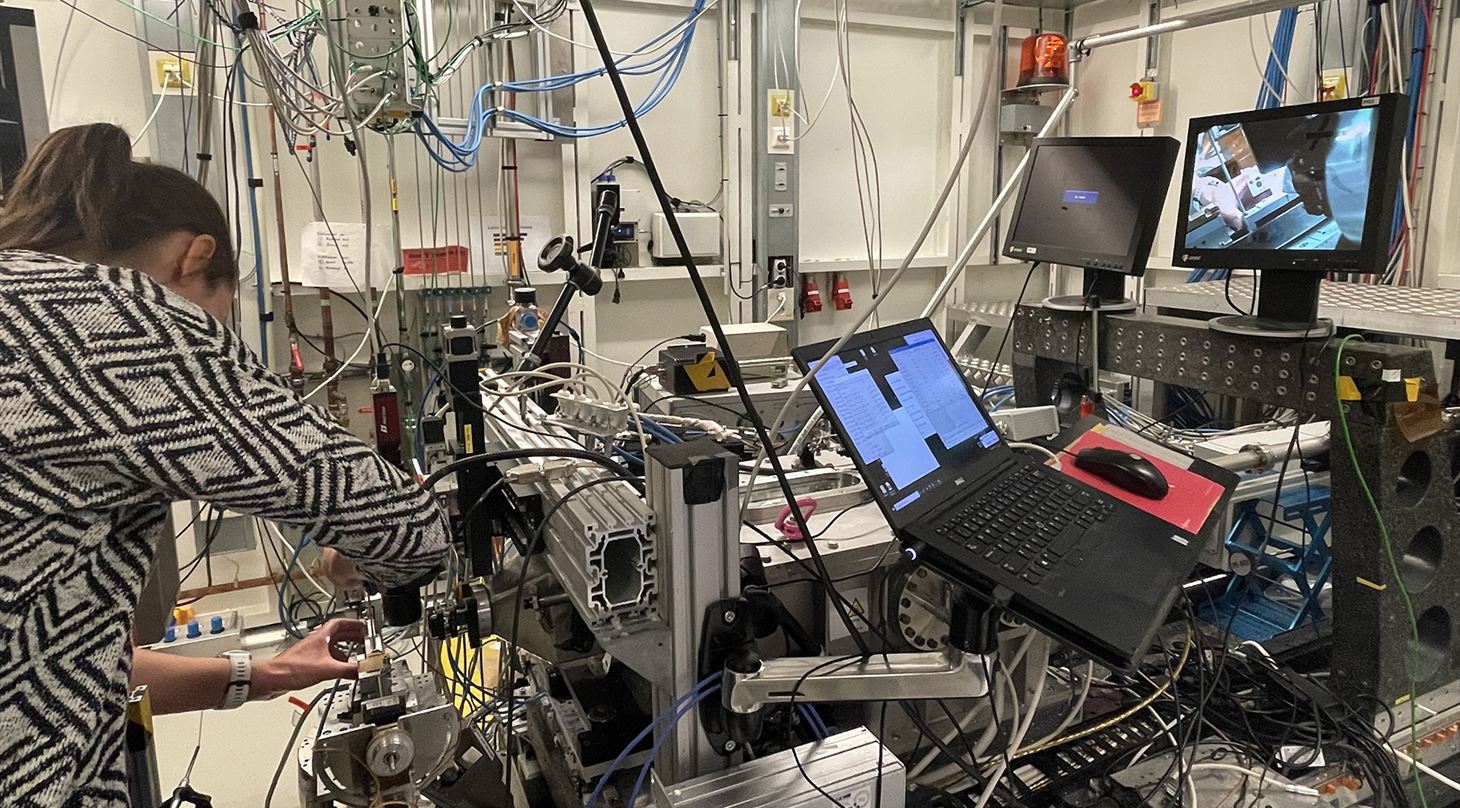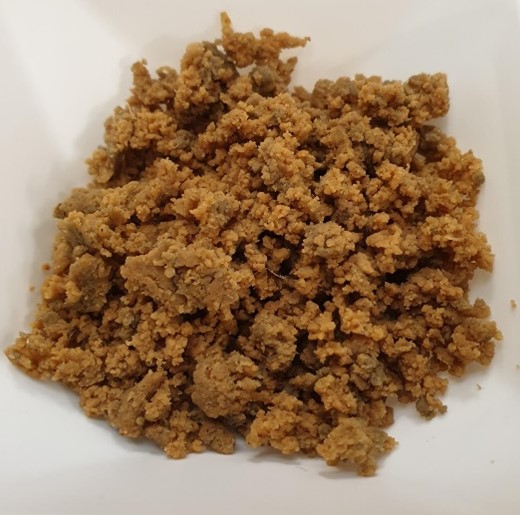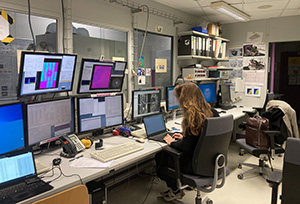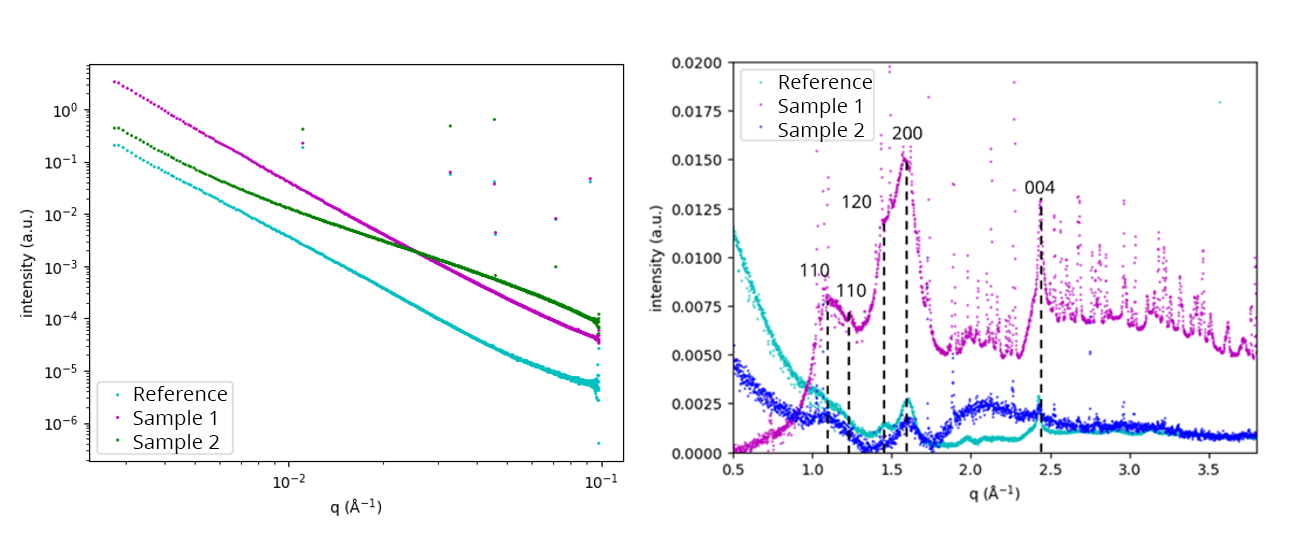
Helping CelluComp understand mechanical properties of sustainable materials
CelluComp is a Scottish-based company located in Fife, near Edinburgh. The company’s principal activity is to develop and commercialise Curran®, a material developed from the extraction of nanocellulose fibres of root vegetables, primarily from sugar beet pulp, which is a by-product of the sugar industry.
 Curran® offers exceptional mechanical and rheological properties for numerous applications, such as paints and coatings, inks, personal care, home care, paper, food, concrete, drilling fluids, composites, and other potential applications.
Curran® offers exceptional mechanical and rheological properties for numerous applications, such as paints and coatings, inks, personal care, home care, paper, food, concrete, drilling fluids, composites, and other potential applications.
X-ray Scattering provided valuable insights
Curran® is a complex hierarchical natural structure containing natural polymers - including cellulose - in the form of micron sized platelets. Each platelet is formed from interwoven cellulose nanofibers embedded in non-crystalline polymers.
To better understand the mechanical properties of the material for different applications, CelluComp reached out to the Danish Technological Institute (DTI). Here, the advanced characterization specialists have access to an extensive network of European research infrastructures and can act as mediators for advanced commercial measurements using synchrotron x-ray and neutron facilities.
The service was very professional, with clear explanations of the technology and how it works, good project planning, and thorough analysis and explanations of the results
- Dr David Hepworth, CelluComp

- The service was very professional, with clear explanations of the technology and how it works, good project planning, and thorough analysis and explanations of the results, says Dr David Hepworth, Founder and Technology Director at CelluComp.
The high-quality data from the X-ray Scattering confirmed the formation of nanostructures in aqueous conditions as well as the presence of cellulose containing crystalline and amorphous domains that could influence the mechanical properties of the cellulose-based material.

Figure 1. USAXS and WAXS data in arbitrary units for C3PN_dry/wet and Exilva MFC (Reference).